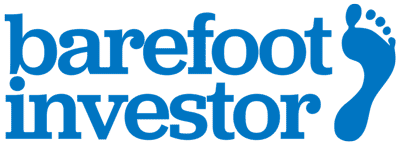Swedish Death Cleaning
It’s been an emotional week.
Eleven years ago, a fire tore through our farm and took everything we owned. We were left with just the clothes on our backs. Our baby? Just his nappy.
Yet this week, as I walked through our home, one thought kept hitting me over and over:
Where the hell did all this crap come from?
For years I’d blamed our four kids, because they’re messy (and it deflects from my own shortcomings). However, the truth was that we’ve been unconsciously living by the motto, ‘Why get rid of something when you can shove it in a cupboard and forget about it forever?’
And so, on the anniversary of the fires, I was determined to return to minimalism. I even dusted off the multi-million-copy bestseller The Life-changing Magic of Tidying Up, by Marie Kondo. Her advice is to pull out everything you own and ask a simple question:
“Does this spark joy?”
Hmmm.
If I actually did this, I’d be left stark naked holding my prized chestnut cracker.
For this project I needed something a little more … hardcore.
Enter: Swedish Death Cleaning.
Swedish death cleaning (or ‘döstädning’) was coined by Margareta Magnusson, a Swedish woman who found herself drowning in the possessions of her late parents. After lugging boxes of broken appliances, sifting through drawers of expired soy sauce packets, and collecting enough souvenir teaspoons to open a museum, she had an epiphany: “Why am I dealing with all this crap? And, more importantly, why would I do this to my own kids?”
So, with death on my mind, I tackled the kitchen, creating three piles:
The first was ‘recycle or throw out’. The second was ‘donate’. (Together these added up to around 80% of the stuff that we’d been hanging on to.)
The final, much smaller, pile was ‘keep’.
Yet I wanted to go the full Swedish. I realised that we might not need, say, a set of fancy spatulas, so I placed them in a big box with a lot of other ‘maybes’ and placed the box on the veranda. I’ve put a reminder in my phone for one month’s time. If I haven’t needed or used anything from that box, I’ll donate it.
Marie Kondo was right – getting rid of your stuff really does have life-changing benefits:
First, it lightens your mental load, especially if you’re ruthless.
Second, it makes you really value the stuff you keep.
Oh, and as a bonus, some of the stuff you give away may actually spark joy for someone else.
Tread Your Own Path!
